Some scents don’t really show up until the sun’s been beating down for a while. A warm afternoon, a light breeze and suddenly the garden smells like herbs, flowers, and summer itself. Certain plants seem to hold back until the heat kicks in, then release their fragrance like they’ve been saving it all day.
If you’ve ever walked past a rosemary bush or a patch of lavender in late afternoon and caught that stronger scent, you’ve already noticed how heat changes things. This list highlights plants that actually smell better when the temperature climbs, along with easy ideas for where to place them so you get the full effect from along pathways to right outside open windows.
Jasmine
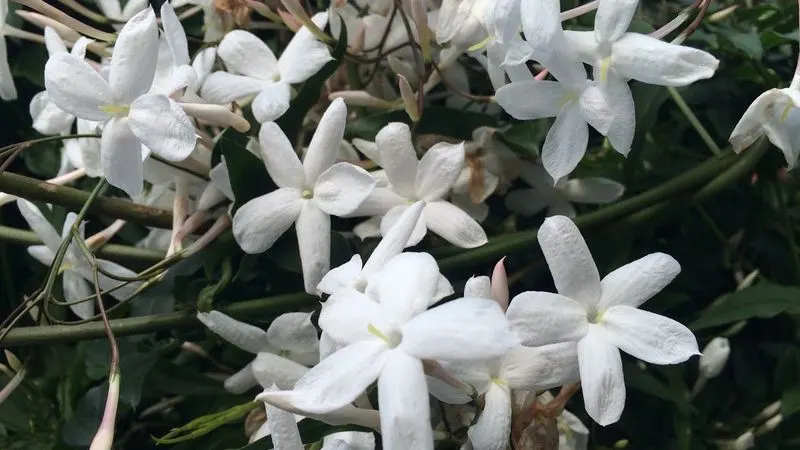
Jasmine, with its timeless fragrance, becomes even more intoxicating as temperatures rise. Its delicate white flowers release a sweet, floral aroma reminiscent of warm, exotic evenings. Positioned near a seating area, jasmine will provide a soothing retreat.
The plant’s climbing nature makes it perfect for trellises or garden walls, where it can effortlessly intertwine with other foliage. Imagine sipping lemonade while being enveloped by its scent.
Did you know? In some cultures, jasmine symbolizes love and purity, often used in weddings and religious ceremonies.
Lavender
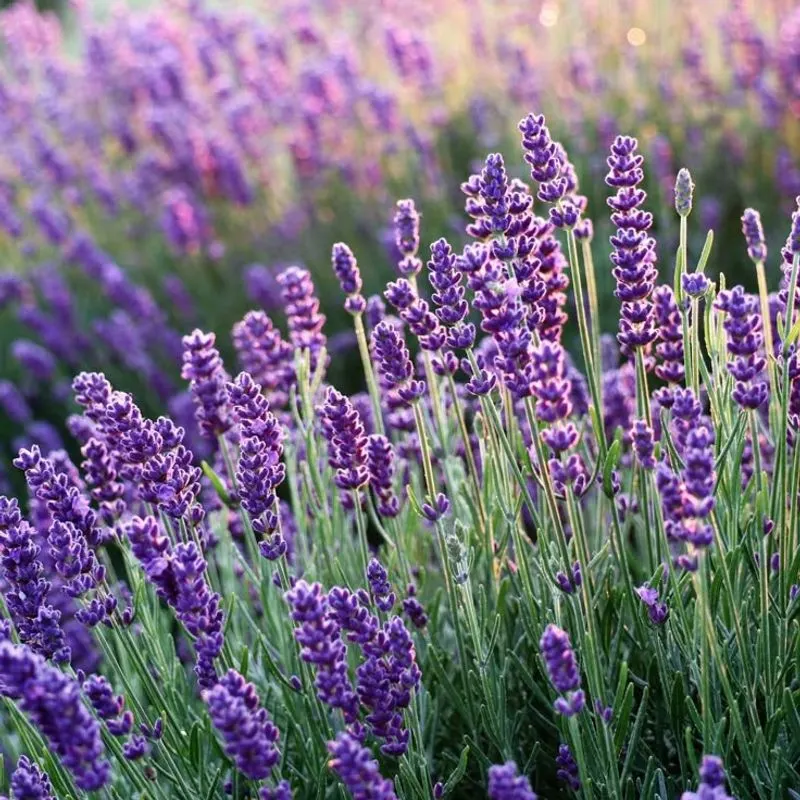
Lavender, known for its calming properties, thrives in the sun, releasing a scent that’s both floral and woody. This Mediterranean native is ideal for borders or pathways, guiding you through your garden with its soothing aroma.
Picture a garden path lined with lavender, offering a sensory escape after a long day. Not only is it visually appealing, but its scent also has stress-relieving benefits.
Fun fact: Lavender has been used since Roman times to scent baths and linens, a tradition that continues today.
Rosemary
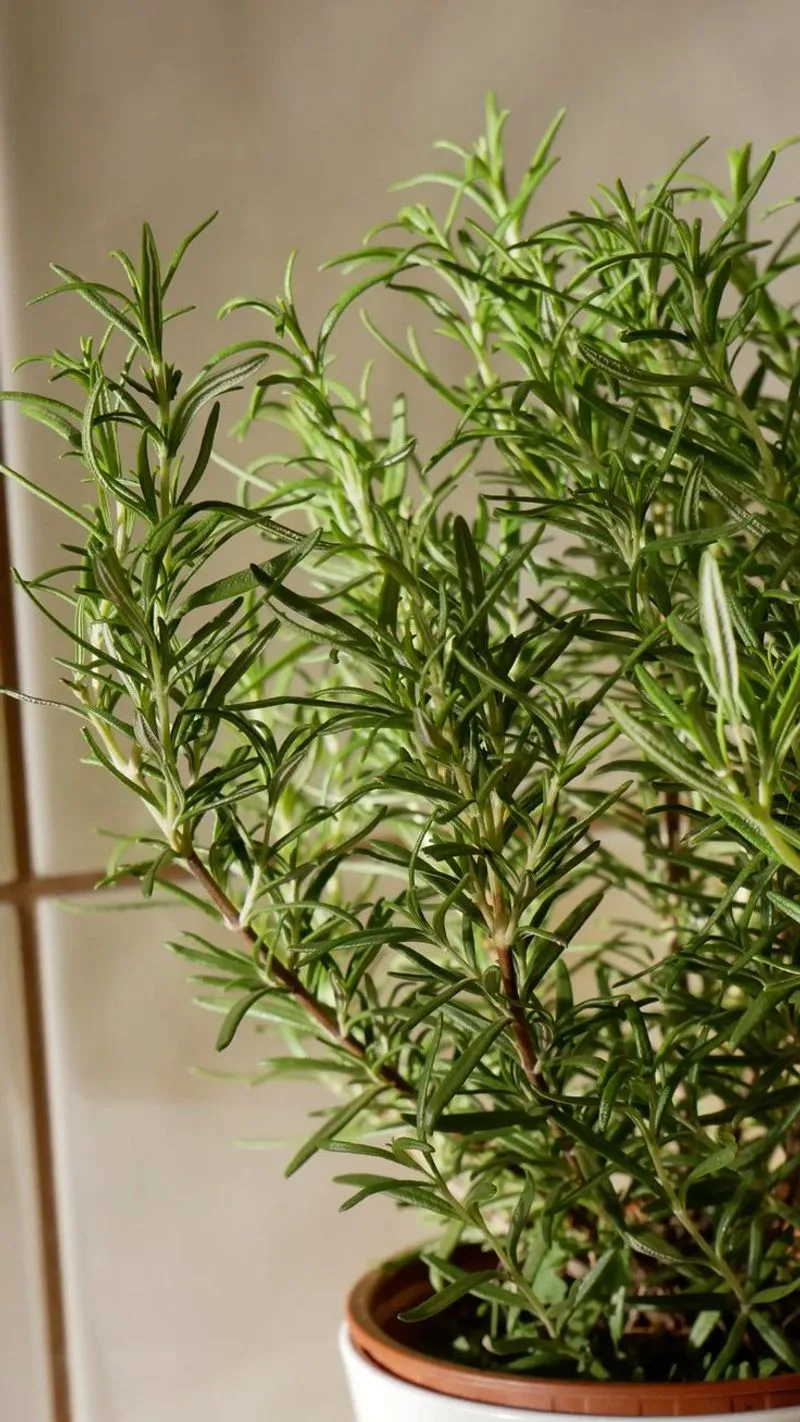
Rosemary’s robust, pine-like fragrance intensifies with the heat, evoking memories of sun-drenched kitchens. Its aromatic leaves are a culinary delight, perfect for seasoning dishes.
In the garden, rosemary can serve as an aromatic hedge or potted plant on patios, adding a touch of the Mediterranean. Its resilience makes it a low-maintenance option for garden enthusiasts.
Did you know? Rosemary symbolizes remembrance and was traditionally used in ceremonies to honor the past.
Gardenia
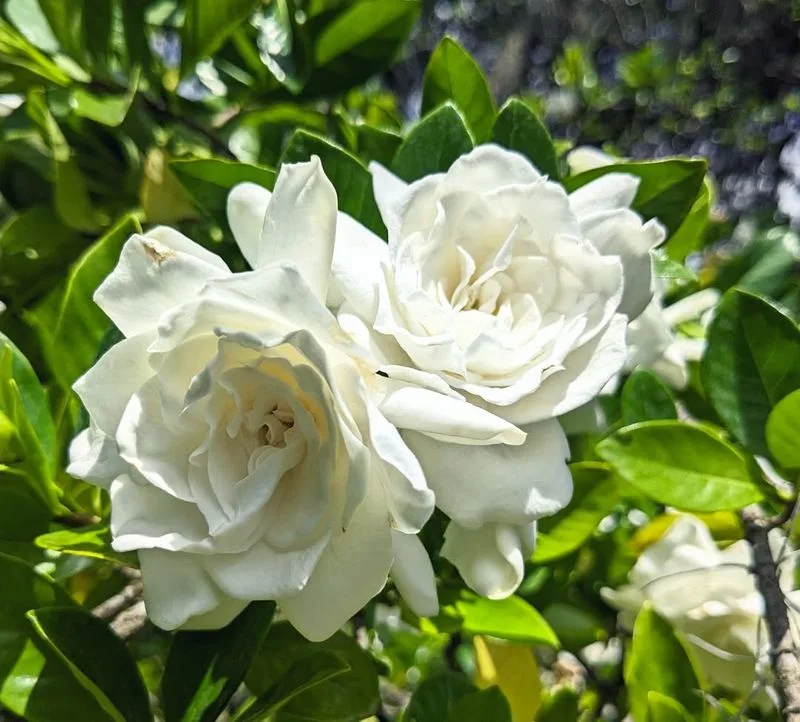
Gardenias offer a heady fragrance that intensifies under the warm sun, filling the air with a rich, sweet scent. These evergreen shrubs are perfect for garden borders or near doorways, welcoming guests with their perfume.
Their elegant flowers and glossy leaves add sophistication to any landscape design. Ideal for shaded areas, gardenias provide a tranquil retreat in your garden.
Garden fun fact: In the Victorian era, gardenias symbolized secret love, often given as a hidden message of affection.
Honeysuckle
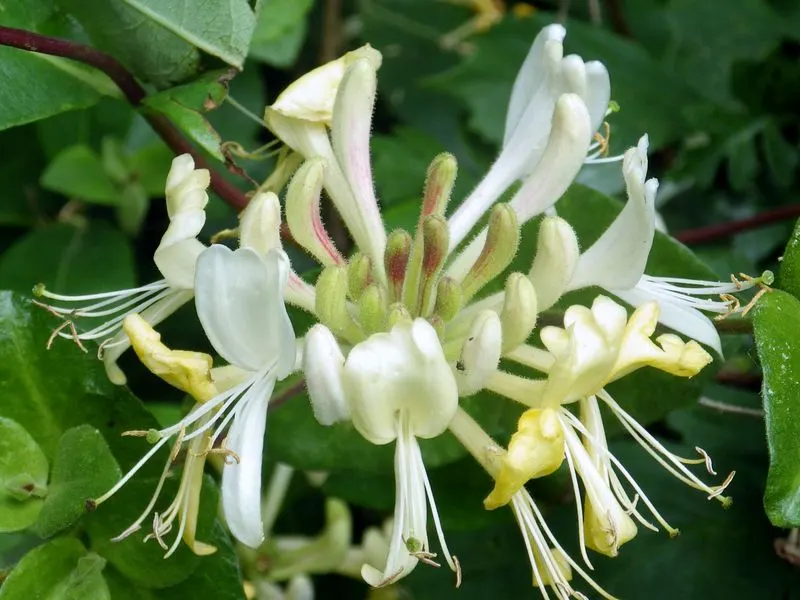
Honeysuckle’s sweet, captivating scent is most potent in the heat, evoking childhood memories of summer days. Its tubular flowers attract hummingbirds and bees, adding life to your garden.
This versatile vine can be trained over trellises or fences, creating a fragrant backdrop for garden gatherings. Imagine a garden filled with its nostalgic aroma.
Did you know? Honeysuckle was revered in ancient folklore as a symbol of devoted love and affection.
Sweet Alyssum
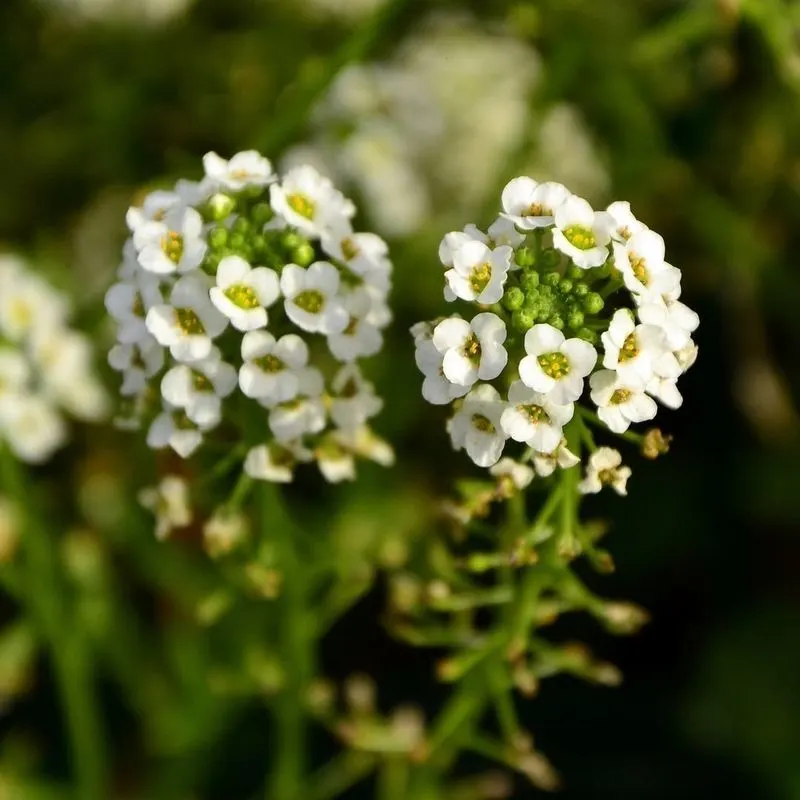
Sweet Alyssum may seem unassuming, but its fragrance unfolds like a delicate symphony in the warmth. This charming ground cover blooms profusely, scattering tiny white flowers that exude a honey-like aroma. They thrive especially well in rock gardens or as borders.
The heat accentuates their scent, making them a favorite in sensory gardens. Use them to soften path edges or in containers where their scent can be appreciated up close.
Fun fact: Sweet Alyssum’s name comes from the Greek word “alysson,” meaning “curing madness”—a nod to its historical uses.
Fragrant Sumac
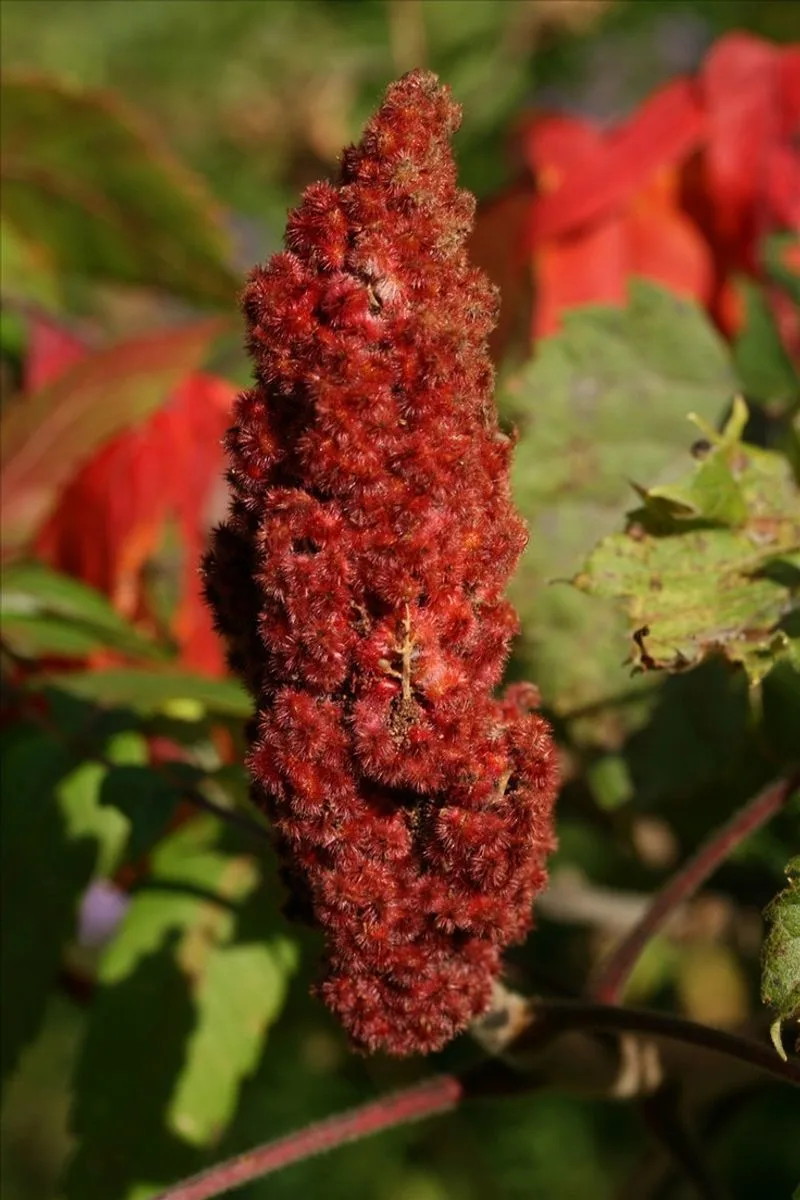
Fragrant Sumac is an understated shrub that transforms sunny spots into aromatic retreats. Its leaves, when crushed, release a citrusy fragrance that is intensified by warmth.
This adaptability makes it an excellent choice for creating hedges or natural screens. With berries that add a splash of color, it’s both visually appealing and functional.
Historically, Native Americans used it for medicinal purposes. Incorporate Fragrant Sumac into your garden to enjoy both its scent and its beautiful foliage throughout the seasons.
Angel’s Trumpet
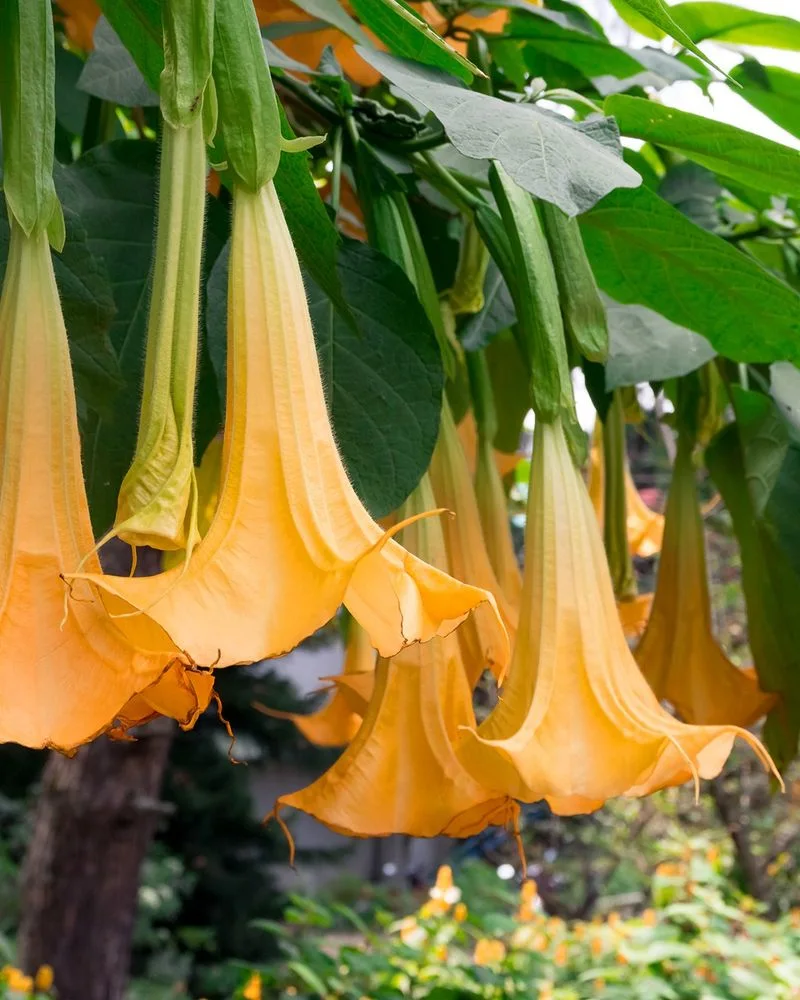
Imagine the exotic allure of Angel’s Trumpet, a plant known for its dramatic, hanging blossoms and intoxicating fragrance. As temperatures rise, its scent becomes richer, filling the air with an almost mystical quality.
Position it as a focal point in your garden to captivate attention. However, be aware, all parts are toxic—it’s a beauty with a warning.
Include it in your garden design for a touch of tropical elegance. Angel’s Trumpet’s ability to transform a space into an olfactory haven is truly unmatched.
Mock Orange
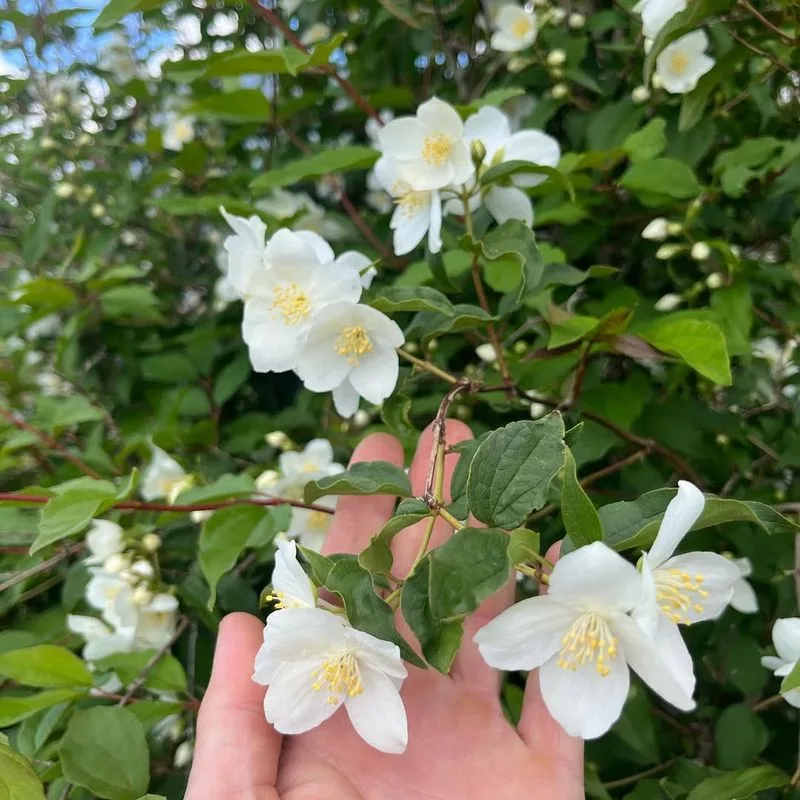
Mock Orange, with its lush white blooms, offers a refreshing citrus scent reminiscent of orange blossoms. The fragrance intensifies under the sun’s embrace, inviting garden strolls even on the warmest days.
It’s ideal for hedges or borders, bringing structure and aroma together. Its historical use in perfumes highlights its long-standing appeal.
Incorporate Mock Orange near windows or paths to enjoy its scent wafting through open spaces. Its timeless elegance and captivating aroma make it a garden classic.
Night Blooming Jasmine
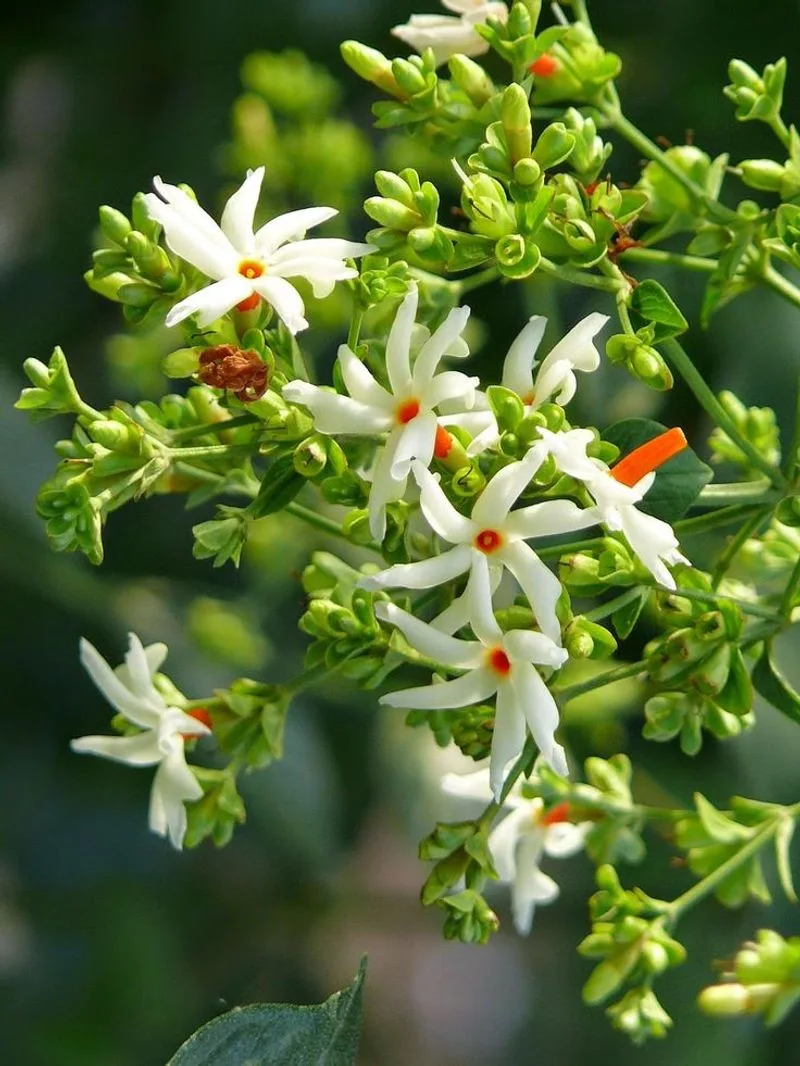
Night Blooming Jasmine enchants with its powerful fragrance that peaks at dusk into the night. As temperatures soar, its scent becomes a nocturnal serenade.
Positioned strategically, it can transform evening gatherings into aromatic experiences. This plant is perfect for those who appreciate the beauty of a garden after dark.
Its rhythmic blooming creates visual and olfactory interest, making it a captivating addition to any garden design focused on sensory richness.
Star Jasmine
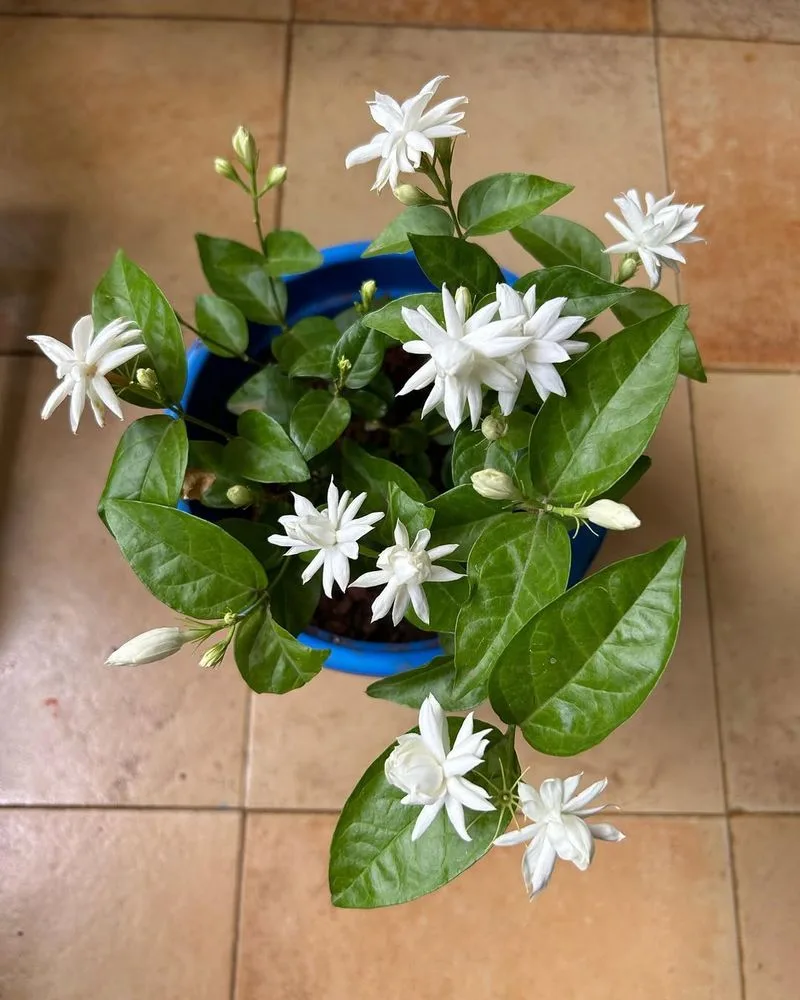
Star Jasmine, unlike its name suggests, is not a true jasmine but shares its lavish scent. The heat amplifies its sweet fragrance, making it a favorite for pergolas and trellises.
Its twining vines create natural, fragrant canopies that can transform outdoor spaces. Star Jasmine’s aroma is a gentle invitation to linger longer in the garden.
Use it in areas where you need vertical interest, adding both beauty and scent to your garden architecture.
Lemon Verbena
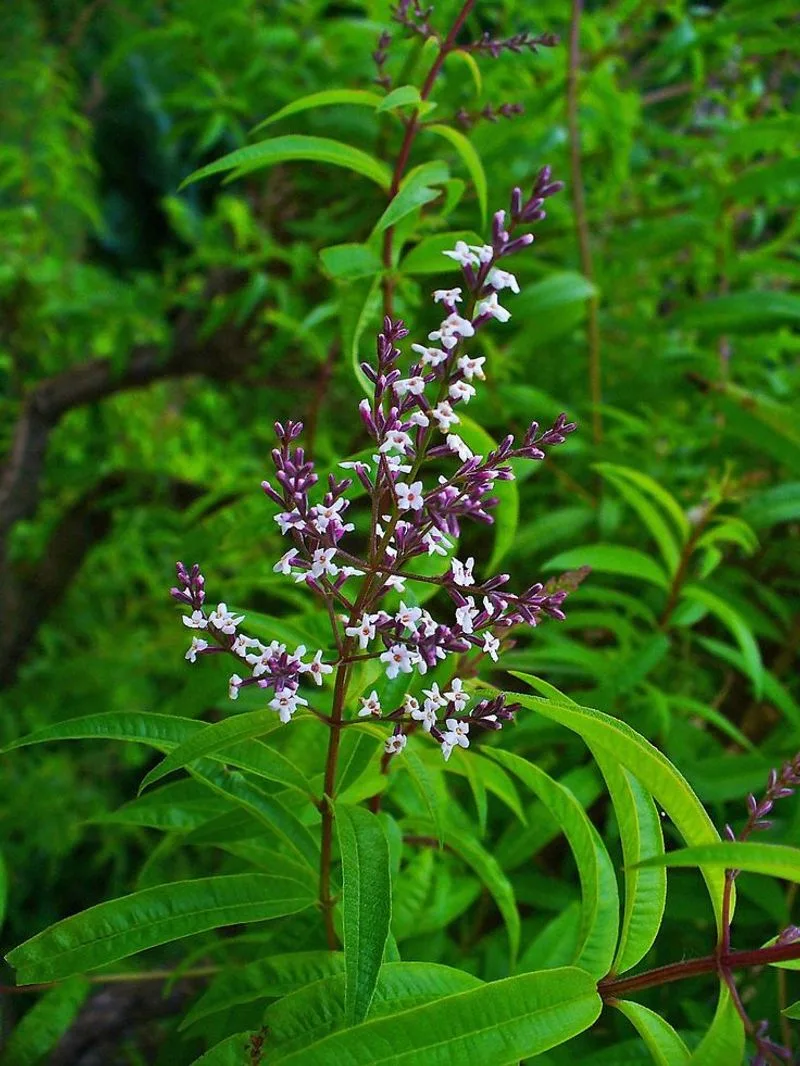
Lemon Verbena’s sharp, clean scent is like a burst of lemon zest on a hot day. This herb’s fragrance intensifies with warmth, making it a refreshing presence in the garden.
Its aromatic leaves are perfect for culinary uses, offering a dual purpose. Plant it near patios or paths where its scent can be fully appreciated.
A historical favorite in herbal teas, its invigorating aroma is a garden must-have for those who love to cook or simply enjoy fresh, citrusy scents.
Scented Geranium

Scented Geranium surprises with a variety of fragrances—rose, lemon, mint—all intensified by heat. This versatility makes it a delightful addition to any garden, offering both beauty and scent.
Their textured leaves and charming flowers create a sensory delight for touch and smell. Ideal for container gardening, they thrive on patios or balconies.
Historically, Scented Geraniums have been used in potpourris, a testament to their enduring appeal. Plant them for a touch of fragrant nostalgia.
Osmanthus
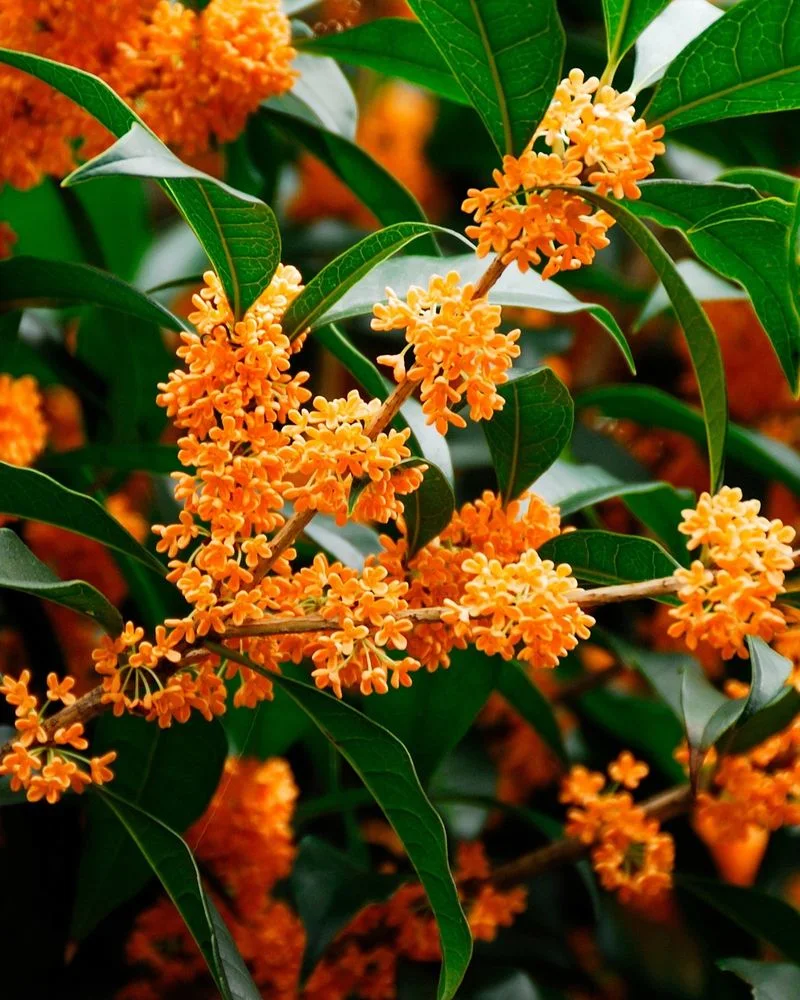
Osmanthus, often overlooked, is a treasure with its apricot-like fragrance that thrives in the heat. This evergreen shrub offers year-round interest with its glossy leaves and delicate flowers.
Perfect for hedges or mixed borders, it provides structure alongside scent. Its historical use in teas highlights its cultural significance.
Position Osmanthus near walkways or patios to enjoy its scent on warm, breezy days. Its ability to blend seamlessly into various garden designs makes it a versatile choice.
Daphne
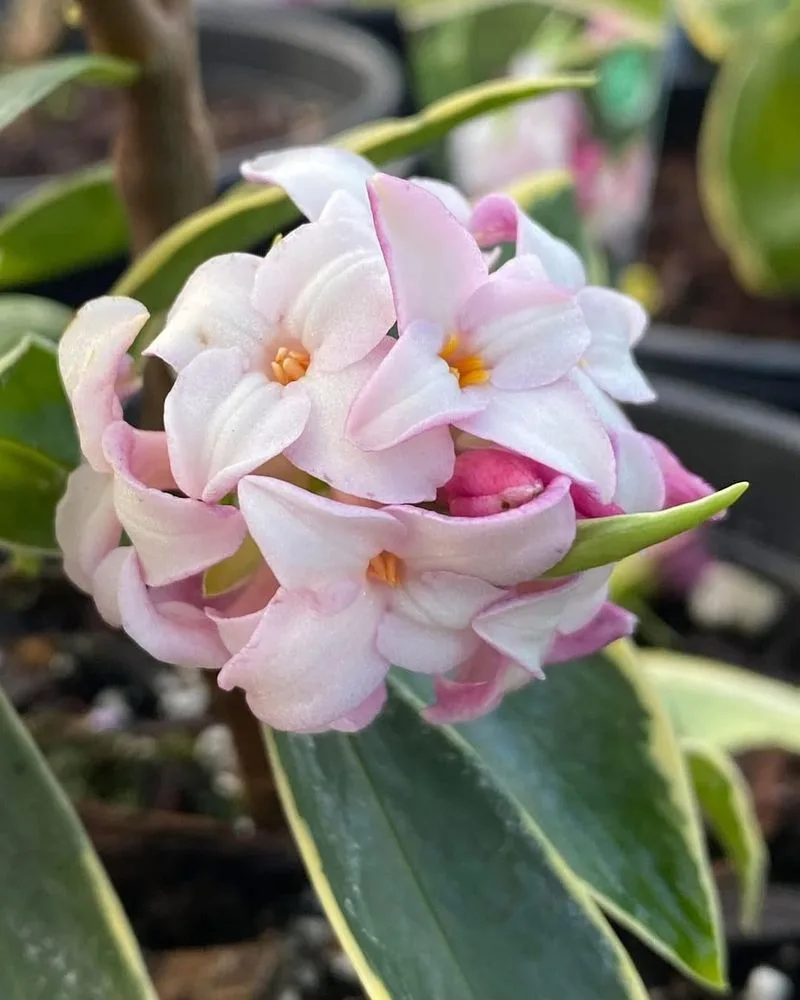
Daphne is celebrated for its sweet, intense aroma that becomes more pronounced as temperatures rise. This compact shrub offers beautiful blooms in late winter to early spring, heralding the arrival of warmer days.
Daphne’s scent is both intoxicating and inviting, perfect for sensory gardens. Despite its beauty, it requires careful placement due to its finicky nature.
Include it near entryways or patios to enjoy its fragrance as you come and go. Daphne’s charm lies in its ability to captivate with minimal effort.
Mint
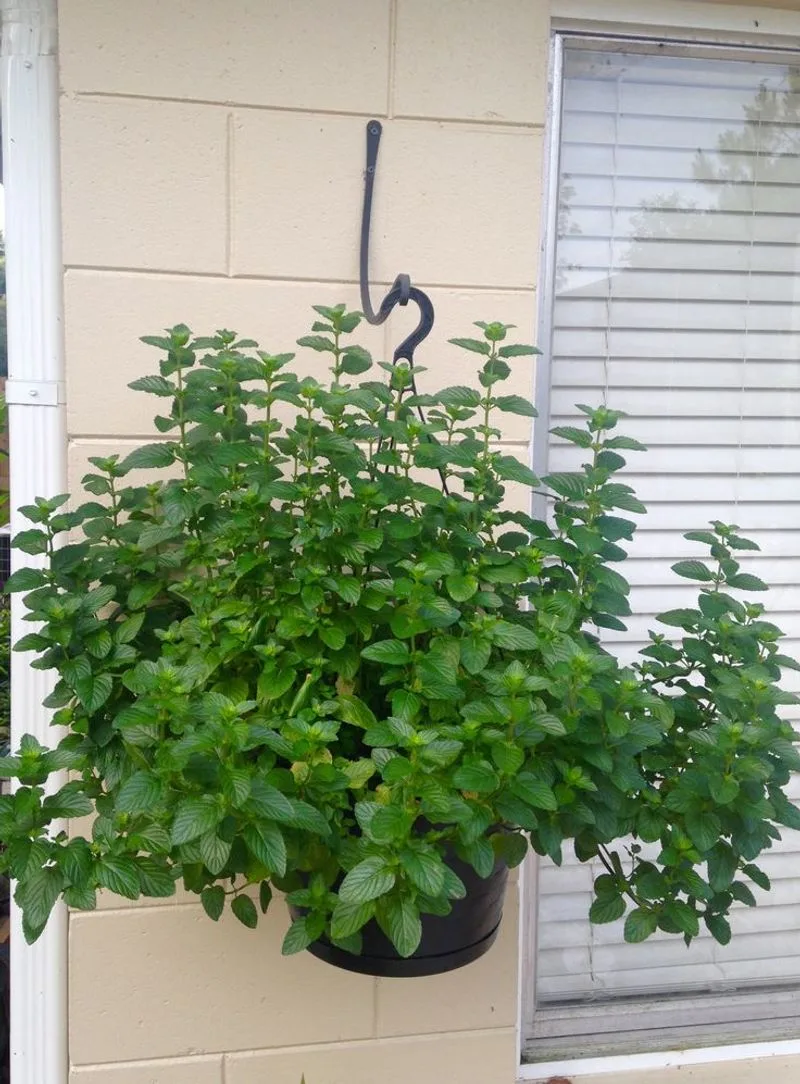
Mint is a garden staple whose refreshing scent is only enhanced by the sun’s warmth. Its vigorous growth and aromatic leaves make it perfect for herb gardens.
Use it to create borders or in containers to control its spread. Mint’s fragrance is invigorating, inviting gardeners to brush past and release its scent.
Historically valued for its culinary and medicinal uses, mint remains a favorite for those who love fresh herbs and vibrant, aromatic gardens.
Plumeria
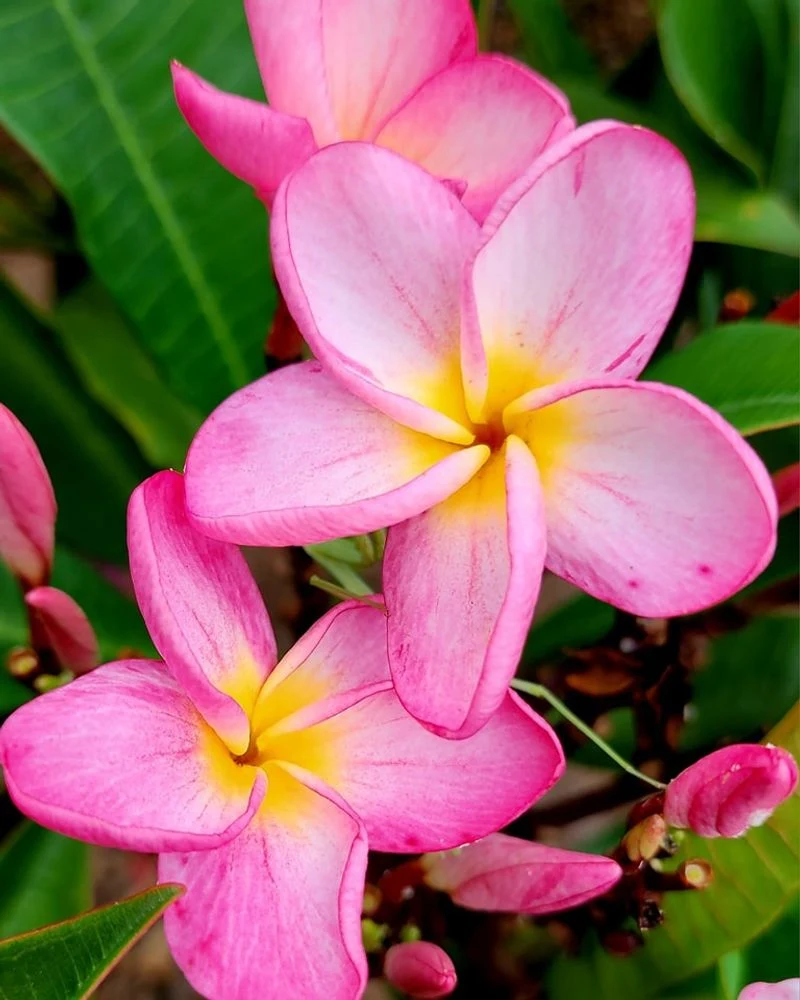
Plumeria’s exotic scent is synonymous with tropical paradises, and heat only deepens its heady fragrance. Its waxy blossoms are iconic in lei-making, adding a romantic touch to gardens.
Position Plumeria as a focal point or in clusters to amplify its presence. Known for its intoxicating aroma, it transforms gardens into sensory retreats.
Fun fact: Plumeria is often associated with positivity and new beginnings, making it a meaningful addition to any garden.
Lilac

Lilac’s nostalgic scent evokes memories of springtime, sweetened by the sun’s warm embrace. This hardy shrub is known for its striking clusters of purple flowers.
Its fragrance is most potent on hot days, making it a beloved choice for gardens. Lilacs serve as excellent hedges or standalone features, offering both beauty and aroma.
Historically, lilacs symbolize love and renewal, providing gardens with both visual and emotional depth.
Carnation
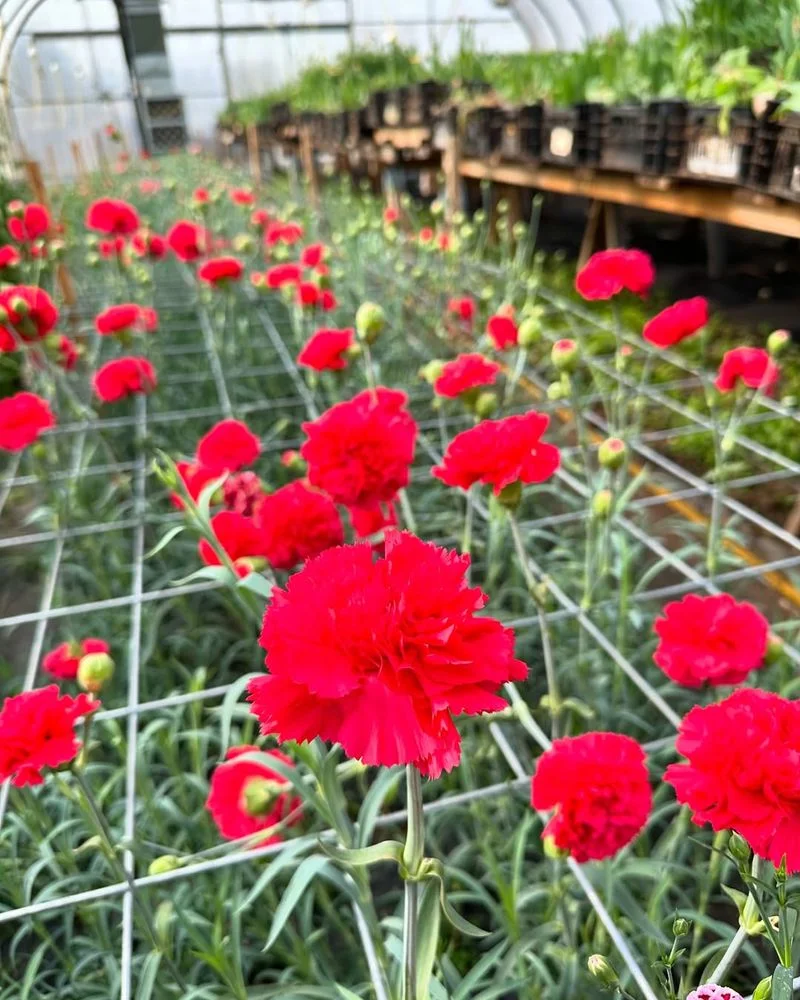
Carnations, with their spicy, clove-like scent, are more fragrant on warm days. These versatile blooms come in a myriad of colors, adding vibrant hues to gardens.
Their scent is both nostalgic and bold, perfect for cottage garden settings. Carnations work well in borders or as cut flowers, providing lasting beauty and aroma.
Fun fact: Carnations have been cultivated for over 2,000 years, symbolizing fascination and distinction throughout history.
Hyacinth
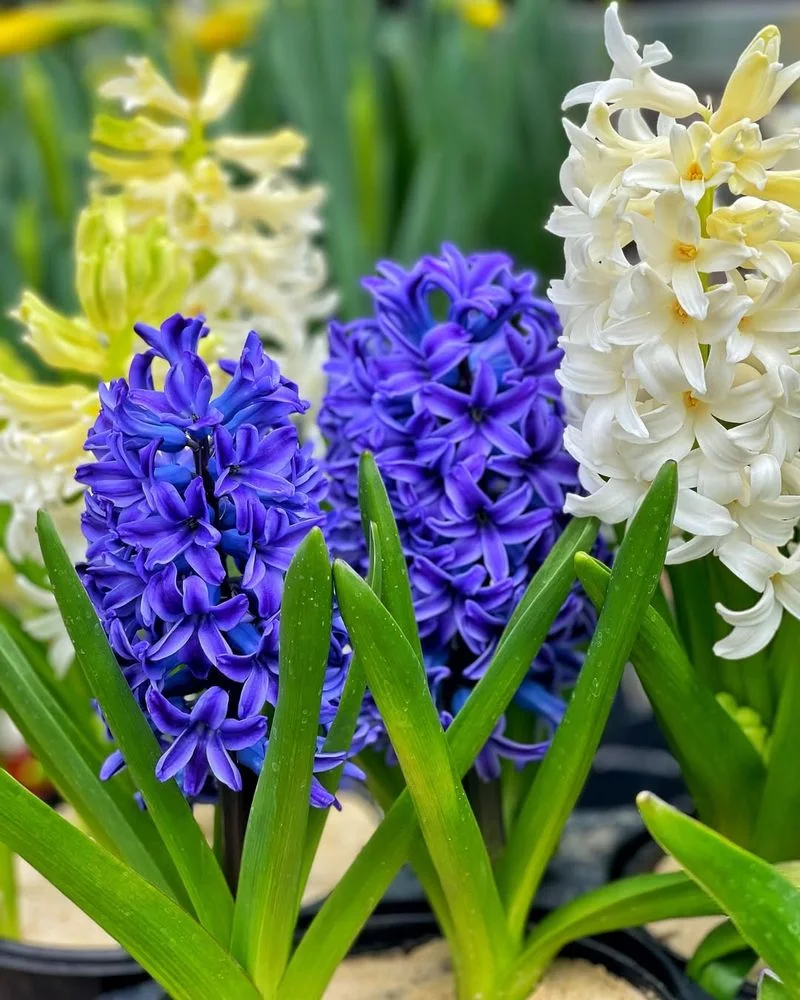
Hyacinth’s sweet fragrance is a quintessential part of spring, heightened by the warmth of the sun. Their vibrant colors and dense flower spikes bring cheer to any garden.
Place them in beds or containers where their scent can be enjoyed at close range. Historically, they symbolize rebirth and new beginnings, making them a garden favorite.
Hyacinths’ ability to fill the air with their perfume makes them ideal for sensory-rich garden experiences.
Magnolia
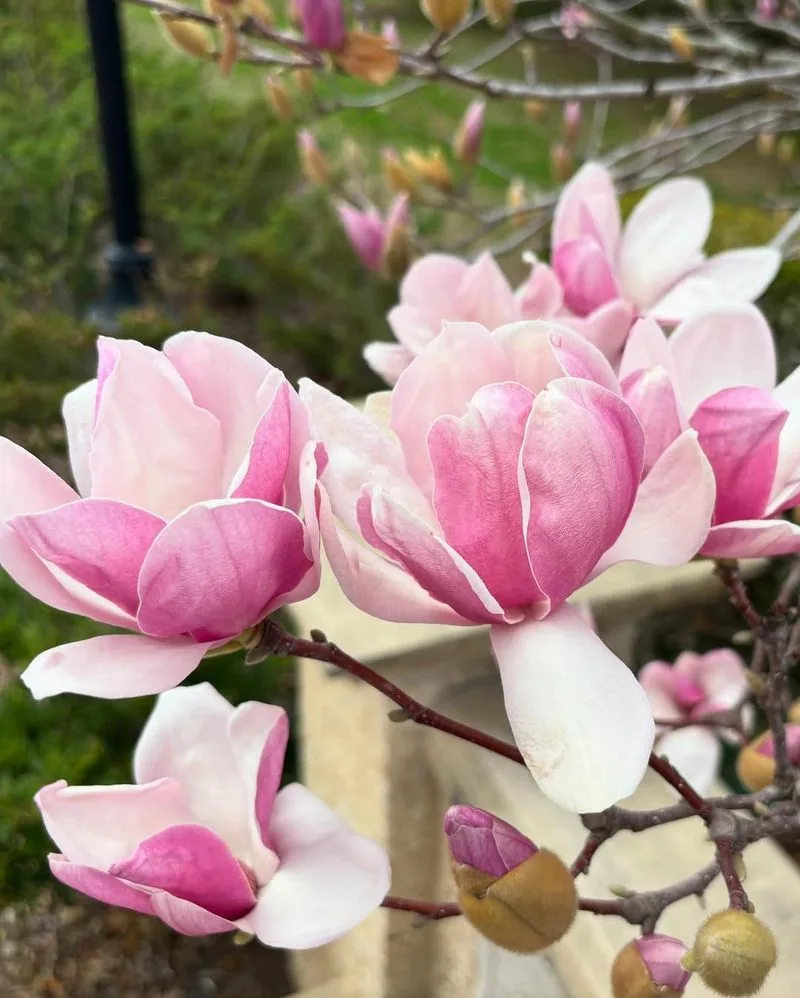
Magnolia’s grand flowers exude a lemony fragrance that is enhanced by heat. Known for their showy blossoms, they add dramatic flair to gardens.
Magnolias are ideal as specimen trees or in large borders. Their scent draws visitors in, making garden strolls unforgettable.
Historically prized in Southern gardens, they symbolize dignity and nobility. Magnolia offers a sensory experience, blending fragrance with visual splendor.
Citrus Blossoms
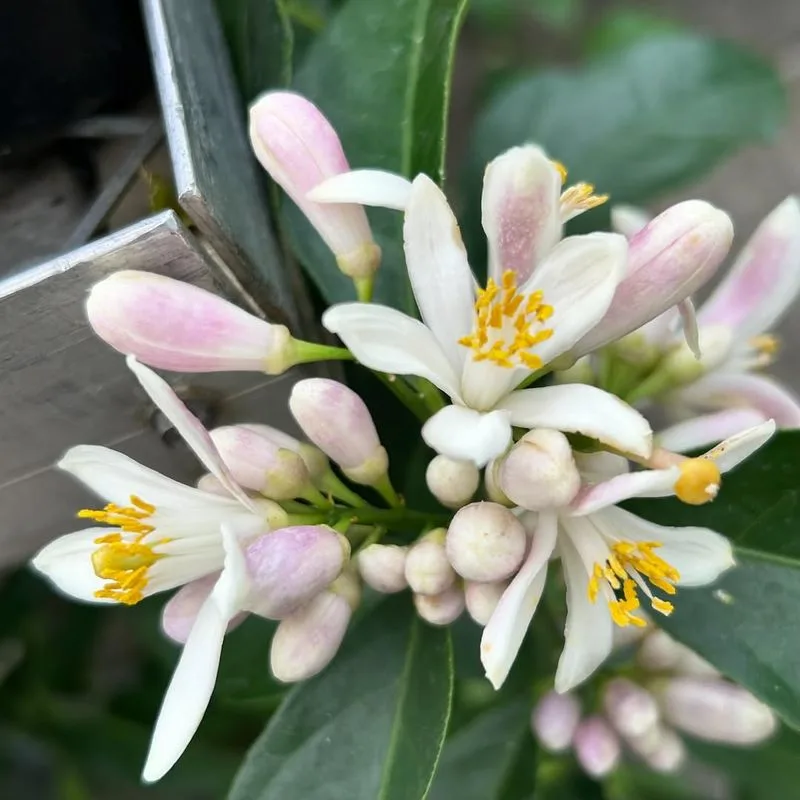
Citrus Blossoms offer a sweet, fresh scent that intensifies with warmth. These white blooms are a springtime delight, promising the fruit to come.
Plant citrus trees near patios or walkways, where their scent can be enjoyed daily. The blossoms signal fertility and abundance, often used in weddings for this reason.
Citrus trees not only provide fragrance but also shade and fruit, making them multifunctional garden additions.
Lily of the Valley
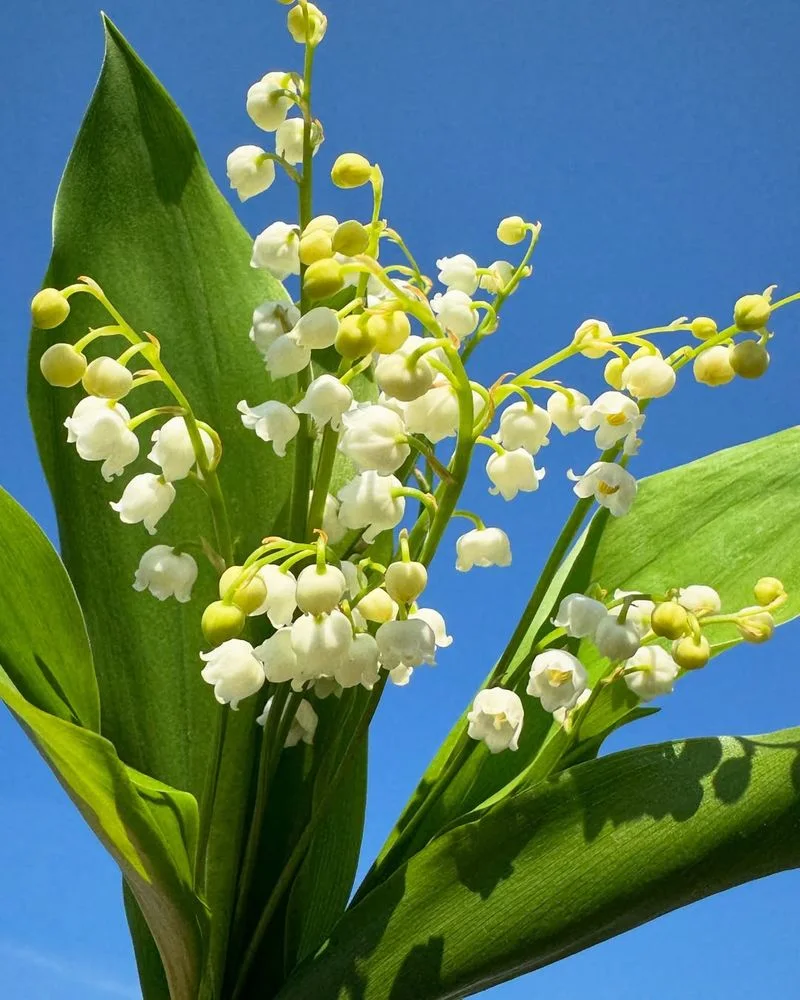
Lily of the Valley is synonymous with grace and sweetness, its scent magnified by the sun’s warmth. These dainty, bell-shaped flowers are perfect for shaded gardens.
Their fragrance is intoxicating, reminiscent of springtime freshness. Plant them in clusters for a striking effect, where their scent can waft through the garden.
Historically, they symbolize happiness and humility, making them a meaningful choice for garden enthusiasts.
Freesia
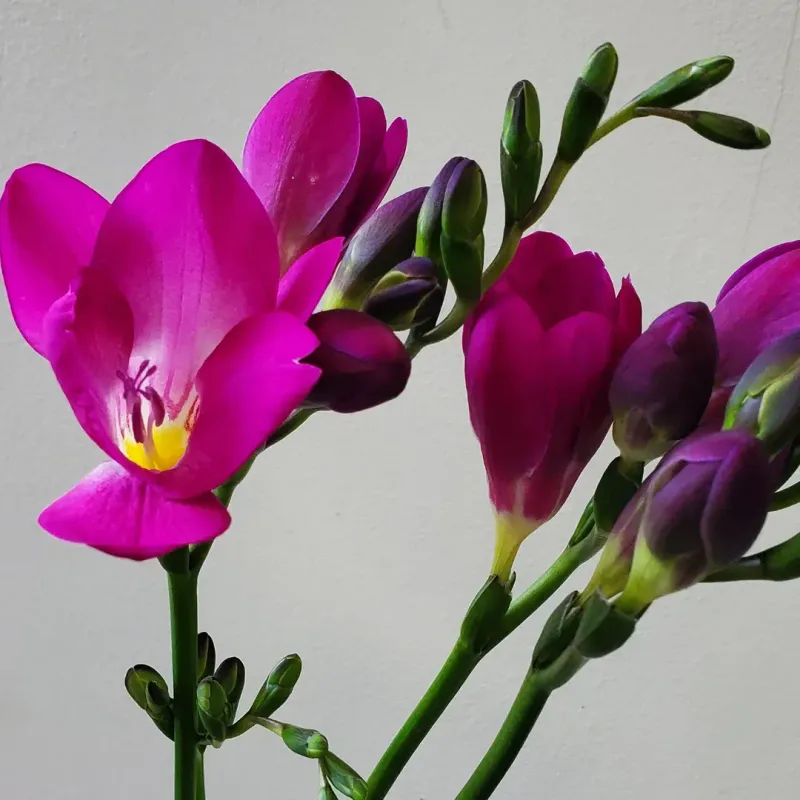
Freesia’s delicate, sweet fragrance becomes more pronounced as temperatures rise. Known for their rich hues and graceful form, they are a favorite in bouquets.
In gardens, plant them in well-drained beds where their scent can be savored. Freesias symbolize innocence and friendship, adding emotional depth to their beauty.
Their ability to fill the air with fragrance makes them essential for sensory gardens, inviting gentle moments of reflection.
Heliotrope

Heliotrope, often called the “cherry pie plant,” captivates with its vanilla-like scent, enhanced by heat. These vibrant purple flowers are perfect for beds and borders.
Their fragrance is nostalgic, evoking childhood memories of sweet treats. Use them to create fragrant focal points or in containers for a lush effect.
Fun fact: Heliotrope was a favorite in Victorian gardens, symbolizing eternal love and devotion.
Tuberose
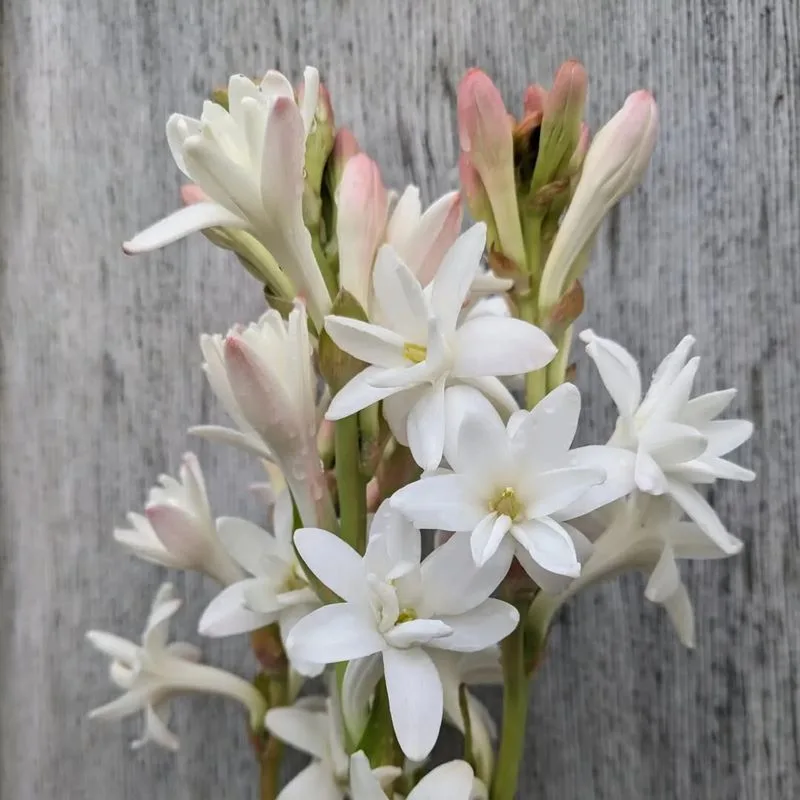
Tuberose’s intoxicating scent is unparalleled, becoming more intense with heat. Known for its waxy, white flowers, it adds elegance to any garden.
Plant tuberose in sunny areas where its fragrance can linger in the air. Its rich aroma is often used in perfumery, adding luxury to its appeal.
Tuberose symbolizes dangerous pleasure, a nod to its bold scent that captivates and excites.
Wisteria

Wisteria’s lush, cascading flowers are not just visually stunning; their scent is intensified by the sun, offering a sweet, enticing fragrance.
These vigorous climbers are perfect for pergolas or arbors, where they create dramatic, fragrant displays. Wisteria is known for its romantic appeal, often seen in historic gardens.
Fun fact: In Chinese culture, wisteria symbolizes enduring love and grace. Its ability to transform spaces into fragrant havens makes it a garden favorite.
Ylang-Ylang
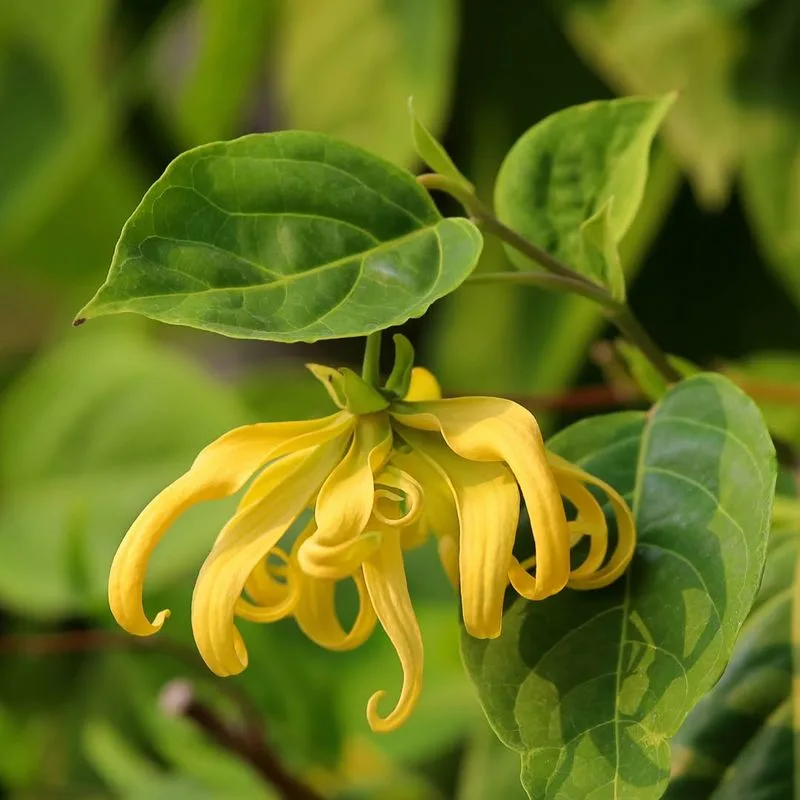
A tropical treasure with a perfume as enchanting as its name, Ylang-Ylang thrives in humid heat. Known for its star-shaped, yellow blossoms, this plant releases a sweet, floral fragrance when the temperature rises.
Incorporate Ylang-Ylang in your garden design by planting it near patios or seating areas. Its scent will create a calming oasis perfect for relaxation.
Did you know? Ylang-Ylang’s essential oil is a key ingredient in luxurious perfumes, adding an exotic allure. Its presence in your garden will surely captivate the senses and elevate the ambiance.

